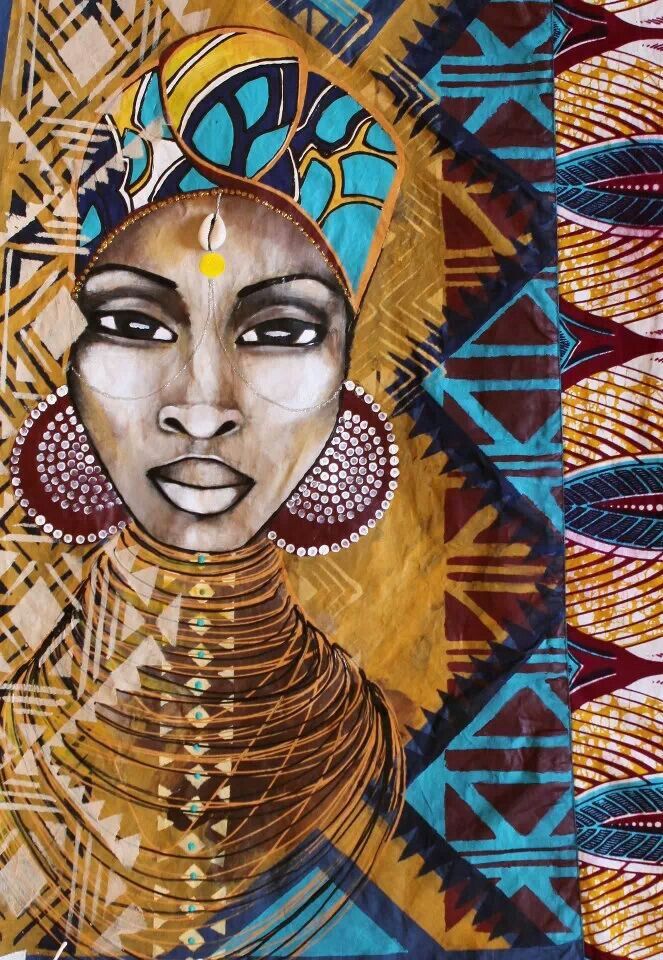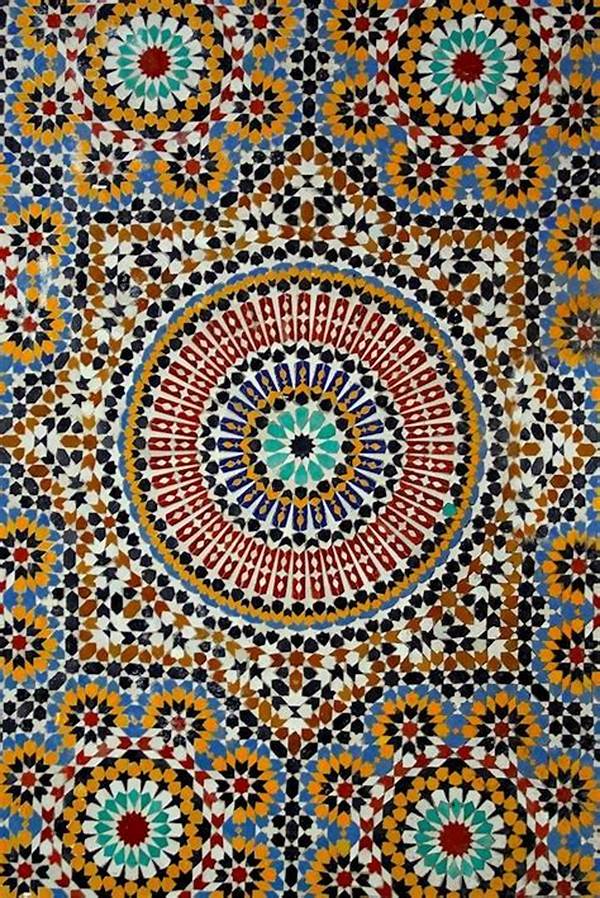“The Spotlight” brings to light the stories of Muslim women of the past and present. In this instalment, We travel into the faraway land of Tichit to visit the Women Caravan Leaders and Saharan Scholars of the Past.
This Essay on the black women of Tichit is the second in a series of essays celebrating ‘Black Muslim Excellence’ in the month of February
Far away in the Saharan desert of Central Southern Mauritania is a partly abandoned village at the foot of the Tagant Plateau. Accessible only by camels and off-road vehicles, this village is known as the village of Tichit. Tichit was the commercial crossroads of the Sahara where caravans from various places met to exchange regional and international goods. In 1911 however, when the French colonial occupation finally reached the oasis, local and regional caravans continued to supply the town’s primary needs, but trans-Saharan traffic from Morocco and other faraway places came to an end.
Within the village of Tichit lies history; a history of black Muslim women who were not only exceptional Saharan scholars but also successful leaders of trade caravans. Rich history, they say is found locked away in the most unusual of places. And in this instalment of the spotlight, we’re travelling to Tichit through the pages of history to learn about the women who excelled in business and scholarship.
The Saharan Scholars
Several Tichit women were known as distinguished scholars, and their stories are recounted in the Tichit’s oral traditions. History tells us that a great number of Tichit’s female intellectuals belonged to the Shurfa clan. Just like their male counterparts, they memorized the Qur’an and earned the honourable title of “hafidhat”. They also taught men and women in several religious circles. Some of these women’s writings were preserved in the Club pour la Sauvegarde des Manuscrits (Manuscripts Safeguarding Club). The earliest of these writings were from A’ishatu mint al-Faqih Abu Bakir ibn al-Amin ibn al-Sha’ al-Muslimi, who lived in the 18th century. Historically, she once traded 70 camels for a single manuscript of Ibn Hajjar’s collection of hadith or sayings of the Prophet.
Al-Hasniya mint Fadil Al-Sharif is another Tichit woman who lived in the 19th-century. She chose to marry another scholar like herself with whom she could raise all her children to become greater scholars than her. With her husband, she had four sons, all of whom became great scholars themselves. Upon her death, numerous praise songs and poems were written in her honour. Many of these songs can be found in Dala al-Adib, an anthology of Saharan literature by Jamal Ould Al-Hasan.
The most celebrated of the women intellectuals of Tichit was Fatima mint Shaykhna Buyahmed, the daughter of a legal scholar and jurist from whom she deeply learned Islamic jurisprudence. This is because her history is not so far away. She lived from the late 19th century through the mid-20th century and was well known for issuing Fatwas. Many other women of the time who were not learned contributed to the tradition of female scholarship by crafting and ornamenting the leather bindings that protected manuscripts. They did this to protect their own history, knowing how important it was to pass down this tradition to later generations.
The Women of the Caravan
In ancient times, caravanning was known to be a male profession. But in a few places, like the village of Tichit, this was not the case. Amongst the wealthiest people in Tichit were women who invested in caravan journeys by employing family members and labourers or assigning slaves to different caravans. Many women in the lower class of society at the time joined caravans. These women’s stories were passed down through oral tradition and remembered for being leaders in planning, coordinating and directing camels, loads, supplies and family labour.
The women of Tichit produced cushions and small leather pouches which were Tichit’s primary export products at the time. They decorated these products with coloured dyes to make them beautiful and different from those of other regions. They also manufactured caravanning gear, such as water gourds, camel saddles, riding blankets and the leather pouches in which such goods as dates, lard and millet were transported. They wove palm-tree fibres, grass and leather strips into the straps, bridles and quantities of cordage used to fasten down camel loads and harness caravans.
The skilled labour of these women was critical to the caravan economy of Tichit in very obvious ways. Through their activities, they brought a lot of revenue to Tichit and enriched many families. This was perhaps the reason for the popular Mauritanian proverb, “The woman is the man’s trousers” (Limra’ sirwal al-rajul), for it was a testament to the fact that the women of Tichit were providers and protectors for their husbands and, by extension, their family.
Amongst the most exceptional Caravan leaders at the time was Jarfuna, a Masna woman of slave descent, who was born at the end of the 19th century and died sometime in the 1960s. She was an exceptional entrepreneur with a reputation not only for overcoming great adversity in dealing with nature and people but also for conducting successful commercial ventures. According to Shaykh Sid Ahmed Ould Baba Mine, the traditional chief of the Masna people of Tichit “Jarfuna led the caravan and she rented out her own camels. She used her limited literacy to run her caravans, but she wasn’t the only Masna woman to left her mark as a businesswoman.”
Fatimatu mint Seri Niaba was also a gifted 19th-century entrepreneur, as well as a learned individual who played a very important role in the trans-Saharan economy. Although she did not leave any scholarly writings, Fatimatu, like many women of Tichit, earned her access to the caravan economy thanks to her literacy. Falla mint Bubu, who is now deceased, is a classic example of a 20th-century Tichit caravanning woman. A strong, warrior-like woman, she often went on caravan without her family.
Female caravanners impressed their male counterparts. These men, many of whom learned the art of caravan trading from their mothers never failed to recognize the women’s contributions to their own training. “I first left on the caravan as a young boy with my grandmother Ifna mint Qarba,” says Bayba Ould Bala, a Tichit man who is nearly 100 years old, in an interview with Aramco. Similarly, Baba Ghazzar, now deceased, discussed how he learned the tricks of the caravanning trade from the women in his Masna family.
The Muslim women of Tichit protected their property rights by keeping a paper trail of their commercial and civil affairs. They documented credit transactions and loan disbursements, and they wrote to men and other women with whom they conducted trade and exchanged market information. Not everyone could afford to engage directly in the caravanning economy at this level or, alternatively, to hire scribes.
Reference
Have anything to talk or rant about? ‘The Muslim Women Times’ is looking to expand the voices of Muslim women on issues affecting Muslim women. Send pitches or contributions to contribute@themuslimwomentimes.com along with your bio, social media handles and your favourite headshot. Read More on our Contributions Page.



